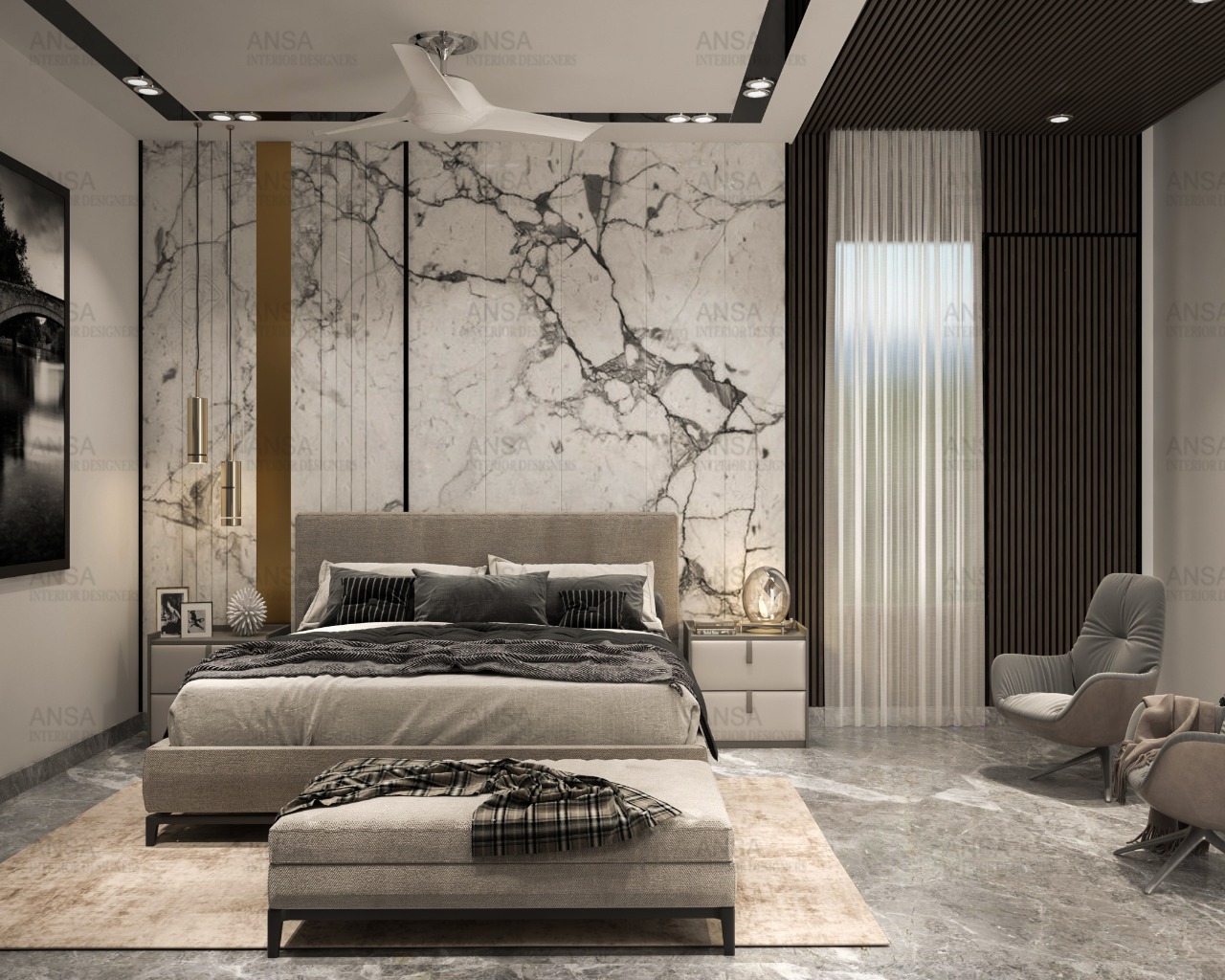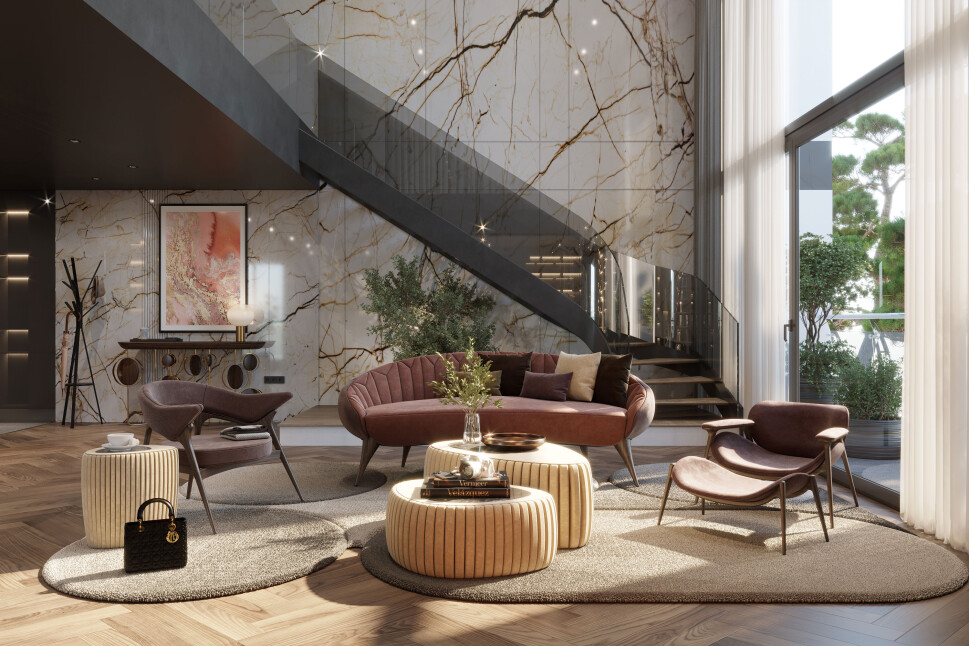Why Comprehending the Concepts of Interior Layout Is Necessary for Effective Area Preparation
Understanding the principles of interior decoration is fundamental to effective area preparation, as it lays the groundwork for developing atmospheres that integrate performance with visual allure. Vital elements such as percentage, balance, and circulation are not simply attractive considerations; they are critical in enhancing how a room is utilized. When these concepts are thoughtfully used, the result is an atmosphere that motivates both efficiency and health. Yet, lots of neglect exactly how these principles link with useful applications, bring about missed chances in design efficacy. Discovering this connection reveals insights that could change any room.
Importance of Space Planning
Space planning is an essential facet of indoor design that substantially affects the functionality and looks of a space. It includes the strategic setup of furnishings, fixtures, and architectural elements to enhance making use of offered space while enhancing the total user experience. Effective room planning addresses different factors, consisting of flow, ease of access, and the certain needs of the occupants.
Among the key benefits of area preparation is its capacity to enhance spatial performance. Interior designer Miami. By attentively organizing a design, developers can ensure that every area serves a purpose, minimizing clutter and advertising a sense of order. In addition, correct space planning cultivates an unified setting, enabling for seamless motion and communication within a room
In addition, successful space planning thinks about natural light, sightlines, and the partnership in between various areas. This alternative approach not only boosts the visual appeal yet also contributes to the health and performance of the occupants. Eventually, a well-executed area strategy is critical in producing a balanced and inviting atmosphere, making it important for any interior decoration project.
Key Principles of Interior Decoration

One fundamental principle is equilibrium, which can be balanced, asymmetrical, or radial. Symmetrical balance produces a sense of order, while unbalanced equilibrium provides a much more dynamic aesthetic appeal. One more important principle is proportion and range, guaranteeing that the dimension of furniture and style elements relate harmoniously to every other and the total space.
Color concept likewise plays a significant duty, influencing state of mind and perception. Developers use shade schemes to evoke specific sensations and enhance the spatial experience. Additionally, the principle of rhythm involves producing a feeling of motion through repetition of shades, patterns, or shapes, leading the eye throughout the room.
Lastly, the principle of emphasis guides focus to prime focus, permitting for a clear story within the design. Interior design Miami. By adhering to these essential concepts, interior developers can produce environments that not only meet practical needs but also reverberate with the owners on an emotional degree
Effect On Functionality and Circulation

The plan of furnishings, the choice of products, and the assimilation Going Here of innovation all play critical functions in attaining ideal performance. For example, positioning seating locations in proximity to offices can promote communication and cooperation, thus improving productivity. Additionally, ensuring that paths are unobstructed and clear permits efficient motion, minimizing blockage and advertising an all-natural flow throughout the area.
Furthermore, including aspects such as illumination and shade can better help in marking areas, making it less complicated for people to browse their environment. Thoughtful space preparation considers not only the physical aspects of design but also just how individuals connect with their environments. Ultimately, a concentrate on functionality and flow not just improves the individual experience but likewise elevates the total performance of the space, developing an environment that satisfies the requirements visit the website of its occupants while promoting a sense of consistency and balance.
Enhancing Aesthetic Appeals and State Of Mind
3 crucial elements-- texture, lighting, and shade-- play critical roles in enhancing the appearances and state of mind of an interior room. Shade establishes the psychological tone; warm shades like reds and oranges stimulate energy and heat, while cooler tones such as blues and environment-friendlies advertise peace and peace. Picking an unified shade scheme can transform a room, producing a natural and aesthetically attractive atmosphere.
Texture adds depth and rate of interest, adding to the responsive experience within an area. A mix of structures-- smooth surface areas, deluxe fabrics, and all-natural materials-- can develop aesthetic intrigue and boost convenience. As an example, coupling a soft velour sofa with a sleek glass coffee table can develop a well balanced aesthetic that invites communication.
Lights, often an overlooked element, considerably impacts mood. All-natural light fosters an open, ventilated environment, while purposefully placed man-made lighting can produce heat and emphasize architectural features. Dimmer buttons make it possible for versatility, permitting modifications to suit various activities or times of day.
Incorporating these 3 components attentively not just boosts the visual appeal of a room however likewise cultivates an environment that resonates with its designated function, ultimately enhancing the general experience for its residents.
Practical Applications in The Real World
Applying interior style concepts in actual life requires a thoughtful strategy that incorporates color, texture, and lights right into everyday areas. By understanding how these elements interact, people can develop settings that are not just visually enticing however unified and likewise functional.
For example, in this contact form a small living area, employing a light shade combination can make the space feel bigger and extra open. Strategic use mirrors can enhance all-natural light and develop an impression of depth. Including various textures via fabrics, such as carpets and pillows, can include warmth and interest without frustrating the senses.
Lighting plays an essential role in specifying the environment. Split lighting, being composed of ambient, task, and accent options, permits adaptability in state of mind setups. In an office, for instance, a combination of all-natural light, desk lights, and ornamental components can improve efficiency while maintaining an inviting setting.
Moreover, understanding spatial relationships and furniture arrangement can cause enhanced functionality. By adhering to principles such as equilibrium and proportion, one can make certain that areas offer their intended function while staying visually pleasing. Overall, sensible applications of interior decoration concepts dramatically improve the livability and appeal of any kind of atmosphere.
Conclusion
To conclude, comprehending the concepts of interior decoration is critical for efficient space preparation, as it fosters an equilibrium between capability and aesthetics. By using essential principles such as percentage, shade concept, and flow, developers can produce environments that improve both usability and aesthetic charm. Inevitably, this understanding adds to the growth of areas that not just meet functional needs yet also raise the total environment, leading to more enjoyable and effective experiences for individuals.
Understanding the principles of indoor design is basic to effective space preparation, as it lays the foundation for producing settings that harmonize performance with aesthetic charm.Room planning is a basic element of indoor layout that considerably affects the functionality and appearances of an area. In addition, proper space planning cultivates a harmonious atmosphere, enabling for smooth activity and interaction within an area.
In addition, the principle of rhythm includes developing a feeling of activity through repeating of patterns, shapes, or shades, leading the eye throughout the room.
In final thought, comprehending the concepts of indoor style is critical for effective room preparation, as it cultivates an equilibrium in between performance and looks.